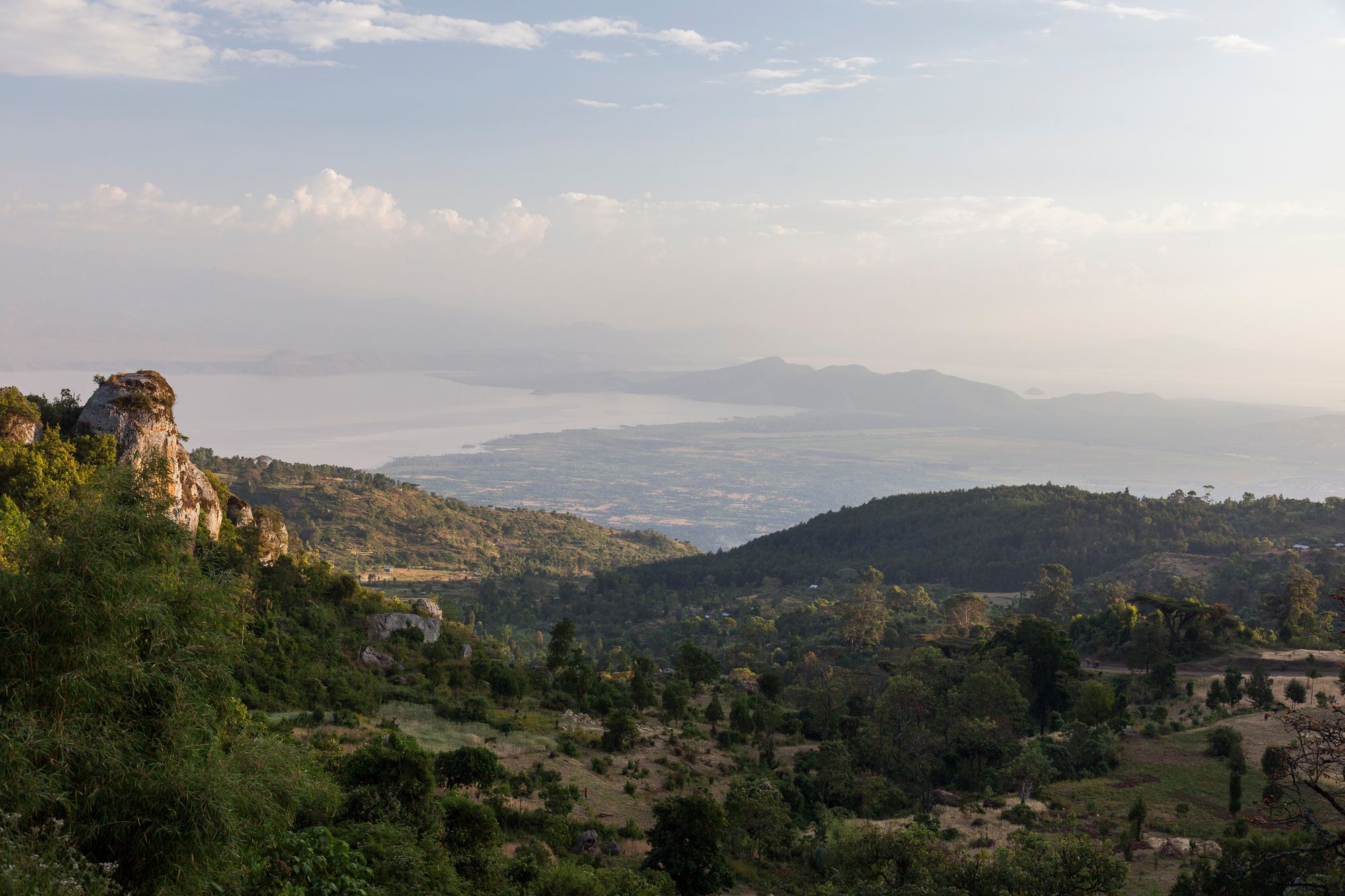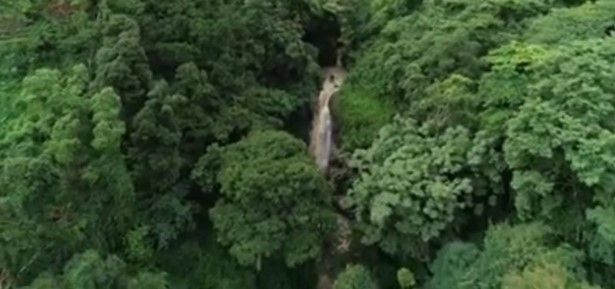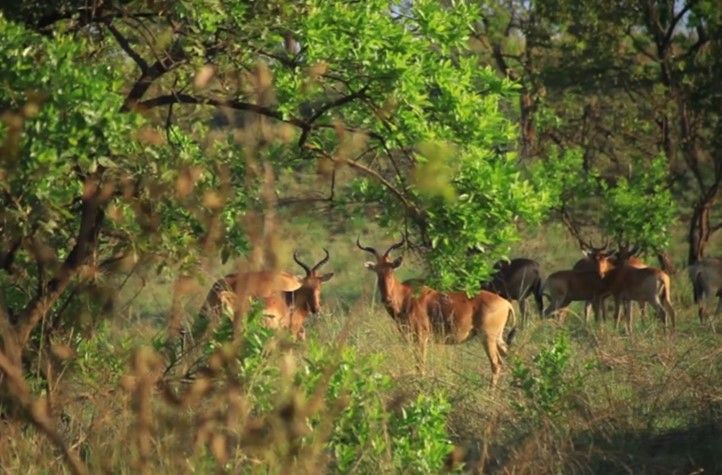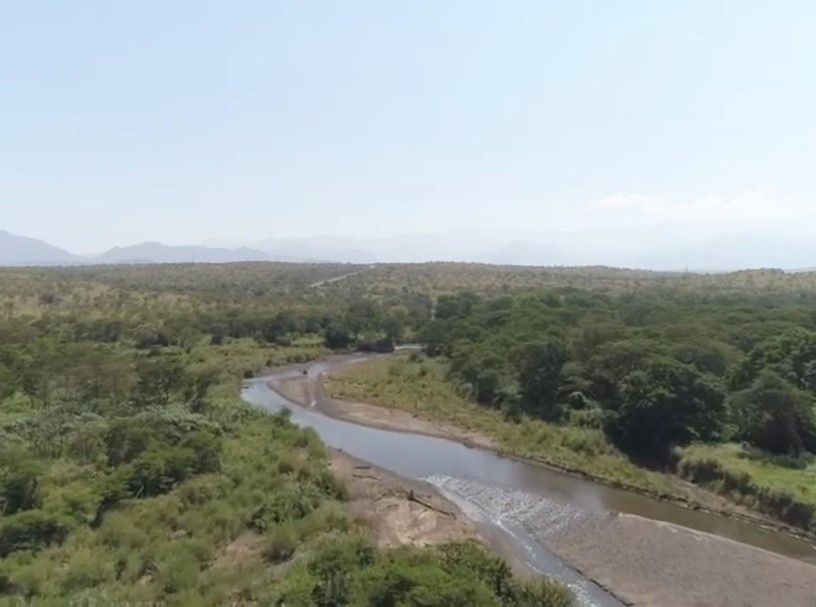
I will take you on a thrilling journey of an all-Ethiopian adventure, from the western Omo basin crossing to the Maze river outskirts and climbing to the hills of Dorze. Ethiopian travel is well known for its majestic national parks and ancient structural heritages. Unlike most travel articles, this piece will take you to the overlooked and less visited wildernesses and heritage sites. The lack of basic infrastructure has hidden these mesmerizing locations from tourists, both international and domestic. Our detour will locate splendid biodiverse landscapes and astoundingly fresh cultural experiences to the rest of the world. The poorly constructed roads, inadequate supply accesses, and dangerous camping sites make these trips adventurous and sometimes tricky, a price worth paying.
Chebera Churchura: Jungles, Elephants, and Crater lakes
Mountain ranges blanketed with dense forest surrounding gorgeous Crater lakes throughout make the national park a must-visit for its spectacular scenery. Elephant herds slowly patrolling the jungle, trumpeting and shaking the ground, is a goosebump moment. Several species of endemic colorful birds entertaining the habitat with their melodious chirps from dawn to dusk is an experience from a movie set.

It is not difficult for visitors to spot large mammals such as elephants, hippopotami, and Cape buffalo. Explore the forests along the Zigina River to see endemic birds. A diverse landscape of savanna grasslands and dense hilly forests has made the wilderness a visitor-friendly place. However, it would be best if you trekked the park with the assistance and guidance of scouts.
It is possible to reach the national park in two ways: flying to Jimma and driving 110km to the edge of the park, while the other is by smooth driving 313km to Wolaita Sodo, followed by a bumpy two-hour motorbike ride.

Camping is the only option - Lodges and hotels are hundreds of miles away. Camping next to Crater lakes and hot springs is highly recommended; however, there are several spots in the national parks where the adventurous soul can find temporary shelter. The testimony of tourists towards the locals’ generosity and hospitality speaks a lot about the traditionally well-conserved wilderness of Chebera Churchura.
Maze National Park: lion king of the dirt roads
A dirt road drive south of Sodo, a route connecting the wolaita and goffa zones, dissects one of the less visited yet marvelous national parks, Maze national park. Locals and long-distance drivers tell terrifyingly exciting stories of lions in pride blocking the road for hours. Visitors highly anticipate spotting lions and returning with more surprises; a unique experience of seeing the majestic Maze river, gorgeous landscape, and theater of endemic species, including the endangered Swayne’s Hartebeest.

The 210 square kilometer park hosts warthogs, buffaloes, baboons, antelopes, leopards, lions, and 100+ bird species. September would be a great time to visit the park following the end of the rainy season. The river flowing strong and colorful seasonal plantings decorating the grassland is a natural phenomenon coinciding once a year.

Koisha: The great wall of Dawro
The omo basin is considered the hub of natural and artificial wonders. The Gilgil gibe dams are now getting outmuscled by the giant renewable energy provider, the koysha hydroelectric dam. Even though the dam is anticipated to be one of the best future tourist destinations (considering it will be second to the GERD), my detour will take you to one of Ethiopia’s overlooked historical sites -The great wall of the Dawro people.
